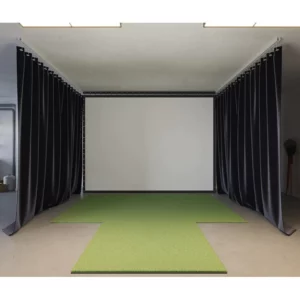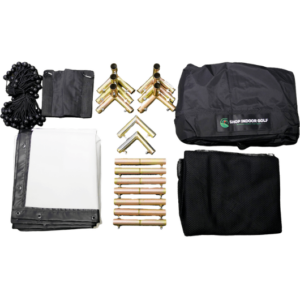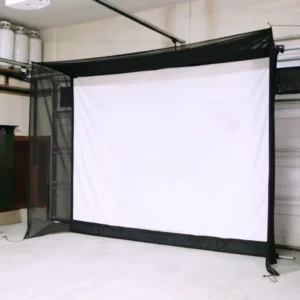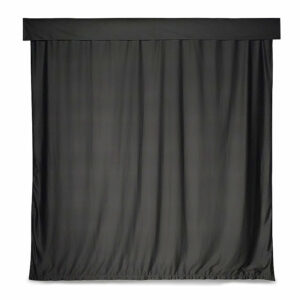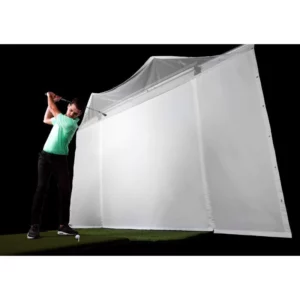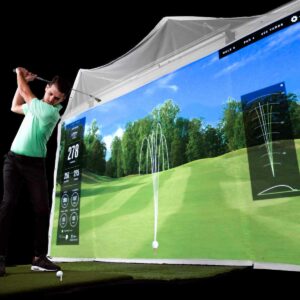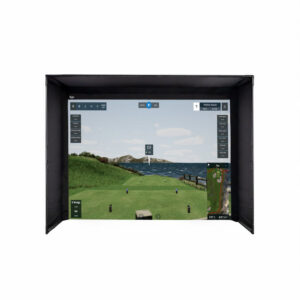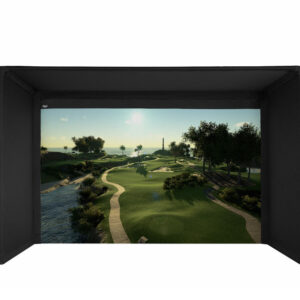A simulator enclosure refers to a physical or virtual environment designed to house and contain a simulation system. Simulators are devices or software applications that imitate real-world scenarios or processes to provide users with a simulated experience for training, education, testing, or entertainment purposes.
The enclosure is an essential part of the overall simulator setup as it ensures safety, immersiveness, and control over the simulation environment. The design of the enclosure can vary significantly depending on the type of simulator and its intended use. Here are a few examples of simulator enclosures:
Flight Simulator Enclosure: In aviation training, flight simulators are commonly used to replicate the experience of flying an aircraft. Flight simulator enclosures are typically designed to resemble the cockpit of a specific aircraft and may include physical controls, screens, and visual systems that display the simulated environment.
Driving Simulator Enclosure: Driving simulators offer a realistic driving experience for training, research, or entertainment. The enclosure for a driving simulator may consist of a driver’s seat, steering wheel, pedals, and multiple screens that display the virtual driving environment.
Virtual Reality (VR) Simulator Enclosure: VR simulators often use head-mounted displays (HMDs) and motion tracking technology to create an immersive experience. The enclosure for a VR simulator may include safety barriers to prevent users from colliding with real-world objects while they are immersed in the virtual environment.
Military Training Simulator Enclosure: Military simulators are used to train soldiers and military personnel for various scenarios. Enclosures for military simulators can vary widely, from large-scale training facilities to smaller, portable setups for field training exercises.
Theme Park Simulator Enclosure: In theme parks and entertainment centers, simulators are used to provide visitors with thrilling experiences like roller coaster rides or space missions. The enclosure in these cases is designed to enhance the sense of immersion and excitement for the participants.
It’s important to note that simulator enclosures are not limited to physical structures; they can also refer to the software and hardware components that create a virtual environment for simulation. In some cases, a simulator enclosure may be a combination of both physical and virtual elements, such as a VR simulator that includes physical props and a virtual environment.
Overall, the design and features of a simulator enclosure depend on the specific requirements of the simulation system and the desired user experience.
Showing 1–9 of 22 results
DIY Golf Simulator Curtain Enclosure Kit – Ceiling Track
Original price was: $694.00.$599.00Current price is: $599.00.DIY Golf Simulator Curtain Enclosure Kit – Wall Mount
Original price was: $694.00.$599.00Current price is: $599.00.DIY Golf Simulator Enclosure
Original price was: $1,728.90.$1,399.99Current price is: $1,399.99.G-TRAK Retractable Impact Screen
Original price was: $1,999.99.$1,699.99Current price is: $1,699.99.Golf Room Curtain
Original price was: $209.99.$174.95Current price is: $174.95.HomeCourse ProScreen 180 Retractable Golf Simulator Screen
Original price was: $2,499.00.$2,299.00Current price is: $2,299.00.HomeCourse Retractable Golf Simulator Enclosure
Original price was: $2,899.00.$2,299.00Current price is: $2,299.00.New C-Series! DIY Golf Simulator Enclosure Kit with Impact Screen
Original price was: $1,258.00.$999.95Current price is: $999.95.New C-Series! Pro Golf Simulator Enclosure Kit with Impact Screen
Original price was: $3,000.00.$2,979.95Current price is: $2,979.95.

